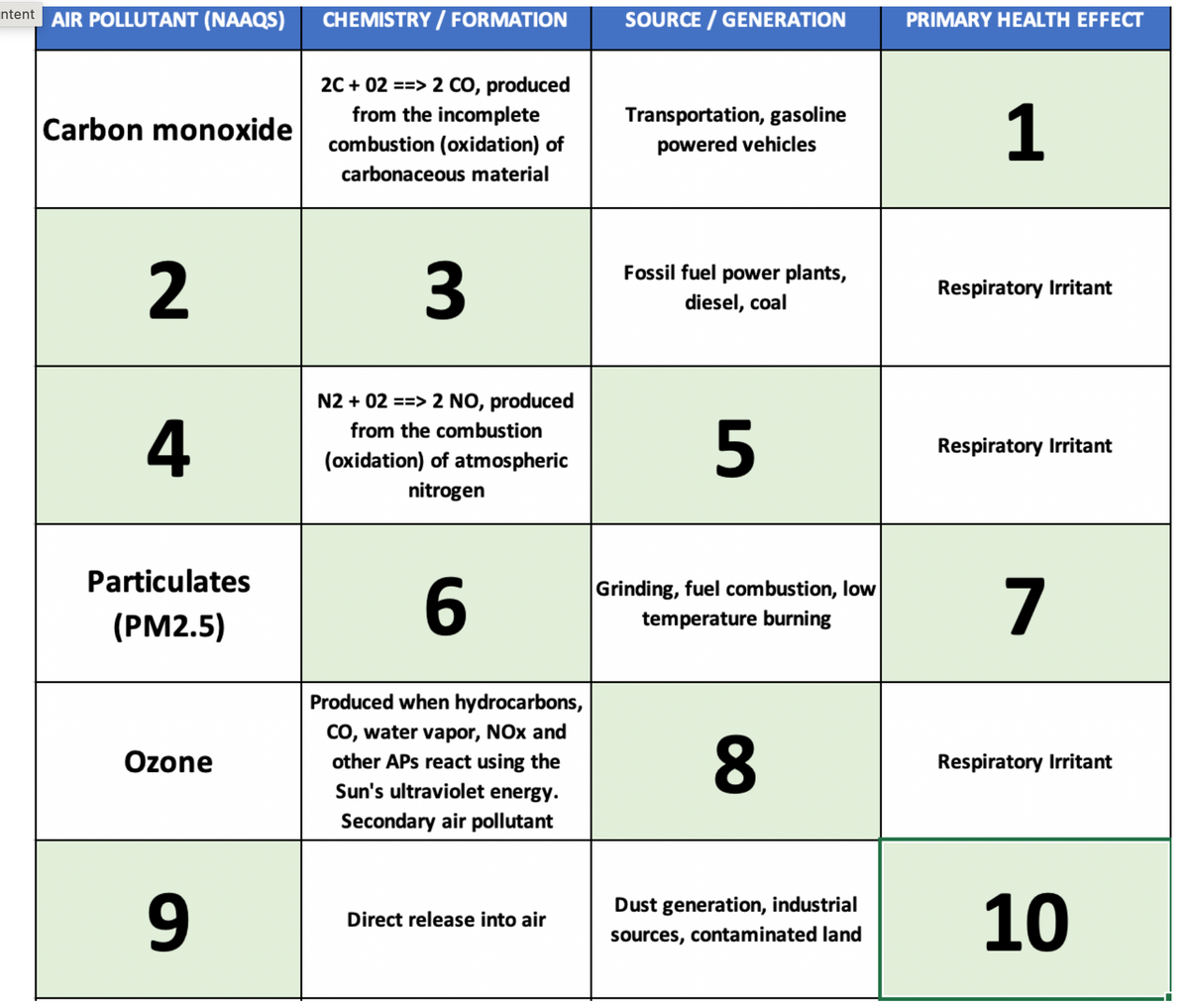Match the missing information with the labels. For example: Box 1 is ___ Box 2 is ___, etc. Match the missing boxes with these labels. The following choices are: Sulfur Dioxide Oxide of Nitrogen (NOx) Pneumoconiosis Asphyxiant High-temperature combustion System toxic (many organs) Incomplete oxidation of organic material Lead Oxidation of Sulfur Secondary air pollutant
Thermochemistry
Thermochemistry can be considered as a branch of thermodynamics that deals with the connections between warmth, work, and various types of energy, formed because of different synthetic and actual cycles. Thermochemistry describes the energy changes that occur as a result of reactions or chemical changes in a substance.
Exergonic Reaction
The term exergonic is derived from the Greek word in which ‘ergon’ means work and exergonic means ‘work outside’. Exergonic reactions releases work energy. Exergonic reactions are different from exothermic reactions, the one that releases only heat energy during the course of the reaction. So, exothermic reaction is one type of exergonic reaction. Exergonic reaction releases work energy in different forms like heat, light or sound. For example, a glow stick releases light making that an exergonic reaction and not an exothermic reaction since no heat is released. Even endothermic reactions at very high temperature are exergonic.
Match the missing information with the labels. For example: Box 1 is ___ Box 2 is ___, etc. Match the missing boxes with these labels. The following choices are:
Sulfur Dioxide
Oxide of Nitrogen (NOx)
Pneumoconiosis
Asphyxiant
High-temperature combustion
System toxic (many organs)
Incomplete oxidation of organic material
Lead
Oxidation of Sulfur
Secondary air pollutant

Trending now
This is a popular solution!
Step by step
Solved in 3 steps









